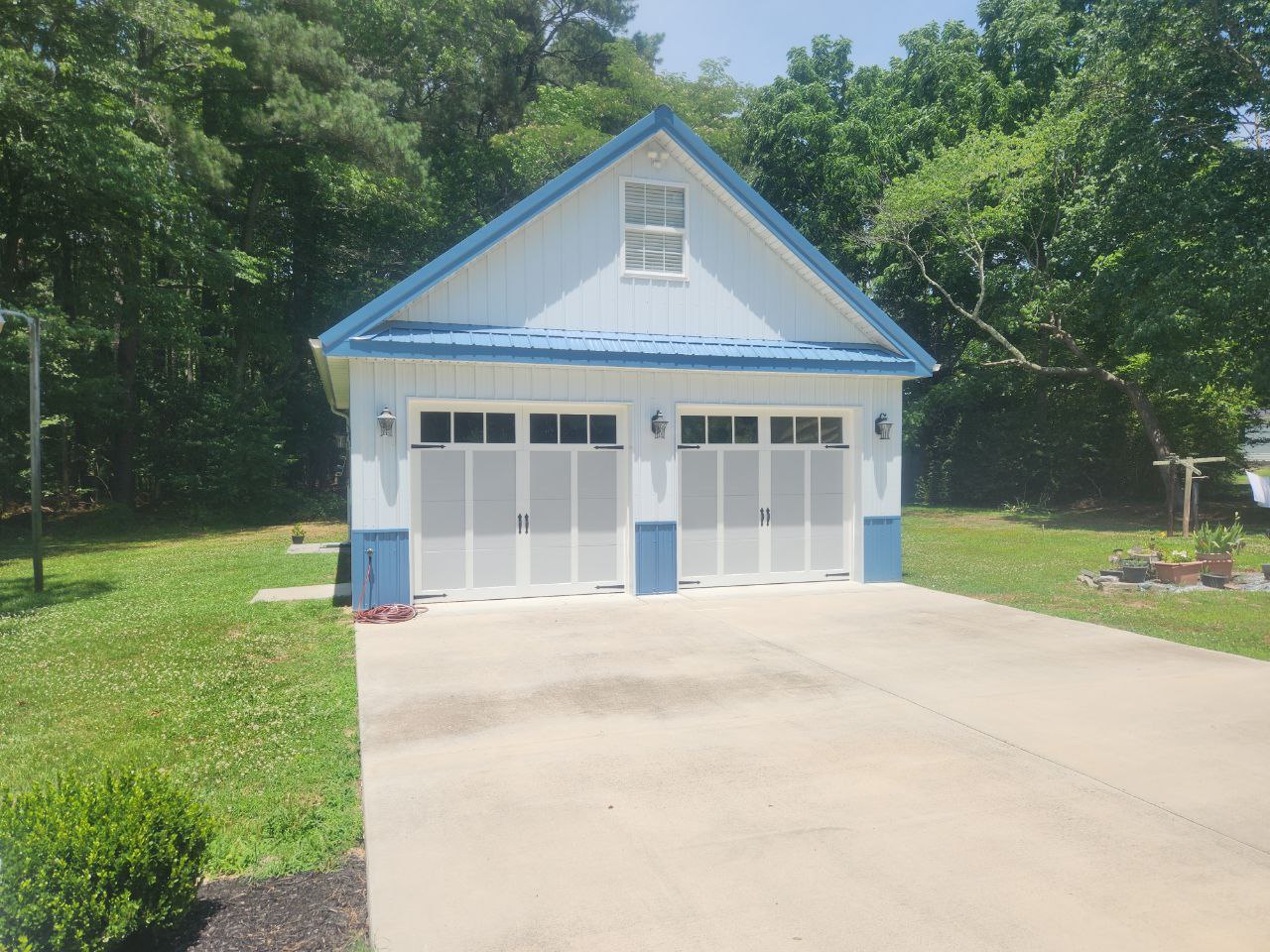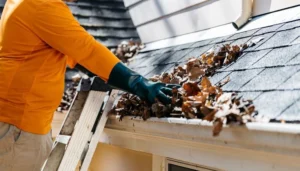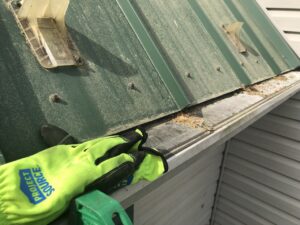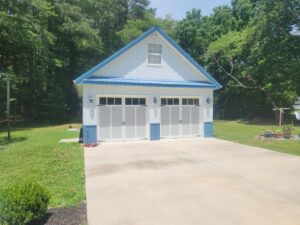Your garage door is one of the hardest-working components of your home, opening and closing countless times throughout the year. Yet many homeowners overlook two critical factors that keep their garage door functioning safely and smoothly: proper balance and alignment.
Understanding these essential elements can save you money, prevent accidents, and extend the life of your entire garage door system.
What Makes Garage Door Balance So Critical?
Think of garage door balance as the foundation of your entire door system. When properly balanced, your door distributes its weight evenly across all components, allowing it to glide open and close with minimal effort. This balance is primarily controlled by the springs, which counteract the door’s weight and make operation feel almost effortless.
An unbalanced garage door, on the other hand, creates a cascade of problems. The uneven weight distribution puts excessive strain on springs, cables, rollers, and especially your opener motor. This constant stress accelerates wear and tear, leading to premature failures that could have been easily prevented.
Even more concerning, an unbalanced door poses serious safety risks, as it might drop unexpectedly and potentially injure someone or damage your vehicle.
The good news is that checking your garage door balance is straightforward. Simply disconnect your opener using the manual release handle, then carefully lift the door about halfway up. If it stays in place on its own, congratulations—your door is properly balanced. However, if the door falls downward or shoots upward, you’re dealing with an imbalance that needs attention.
How Do I Know If My Garage Door Is Unbalanced?
Recognizing the warning signs of an unbalanced garage door early can prevent bigger problems down the road. One of the most obvious indicators is when your door feels unusually heavy during manual operation. Even with an automatic opener, you might notice the motor struggling more than usual, accompanied by grinding noises or slower movement.
Another telltale sign is when the door doesn’t remain stationary during the halfway test mentioned earlier. A door that slowly drifts downward or creeps upward indicates that the spring tension needs adjustment.
You might also observe that one side of the door appears to hang lower than the other, creating an uneven appearance when the door is closed.
Pay attention to unusual sounds too. An unbalanced door often produces loud bangs, squeals, or scraping noises during operation. These sounds signal that components are working harder than they should, fighting against improper weight distribution.
If your opener seems to cycle erratically or the door jerks during movement, these are clear signs that garage door adjustment is needed.
Understanding Garage Door Alignment
While balance addresses weight distribution, garage door alignment focuses on how the door moves within its track system. Proper alignment means your door panels sit evenly and travel smoothly without rubbing, catching, or creating gaps along the sides.
The tracks themselves need to be perfectly vertical and parallel to each other, ensuring consistent contact with the rollers throughout the entire opening and closing cycle.
When alignment issues develop, you’ll notice several problems. The door might rub against one side of the track, creating friction that slows operation and generates noise. You may see uneven gaps between the door and the frame, compromising your home’s security and energy efficiency.
Misaligned tracks can also cause the door to jam partway through its cycle or prevent it from closing completely, leaving your garage vulnerable.
These alignment problems don’t just affect convenience—they directly impact safety mechanisms. Modern garage doors include sensors and auto-reverse features designed to prevent accidents.
However, when the door is misaligned, these safety systems may not function correctly, potentially allowing the door to close unexpectedly or fail to reverse when encountering an obstruction.
Also Read: How to Choose a Modern Farmhouse Garage Door
The Connection Between Balance and Alignment
Garage door balance and alignment work together as a team. Even if your springs are perfectly adjusted, misaligned tracks will cause uneven wear and operational difficulties. Similarly, properly aligned tracks won’t solve problems caused by an unbalanced door. Both elements must be addressed to achieve optimal performance.
When both factors are properly maintained, the benefits multiply. Your door operates quietly and smoothly, making those early morning departures and late-night arrivals much more pleasant for everyone in the household.
The reduced strain on mechanical components translates to lower maintenance costs and fewer emergency repair calls. Most importantly, a well-balanced and properly aligned door enhances safety for your family and pets while protecting your vehicles and stored belongings.
How to Balance a Garage Door Safely
While understanding garage door spring adjustment is valuable, it’s crucial to recognize the serious dangers involved. Garage door springs store enormous amounts of energy—enough to lift a door weighing several hundred pounds. This tension makes spring work inherently hazardous, and attempting repairs without proper training and tools can result in severe injury.
If you’re determined to check basic alignment issues yourself:
- Start by disconnecting power to your opener to prevent accidental activation.
- Visually inspect the tracks using a level to ensure they’re vertical and parallel. Look for obvious problems like bent sections, loose mounting brackets, or debris blocking the path.
- For minor track misalignment, you might be able to slightly loosen the bolts, gently tap the track into position with a rubber mallet, verify alignment with your level, and carefully retighten everything.
However, when it comes to garage door spring adjustment, the risks far outweigh the potential savings. Torsion springs, which are mounted above the door, require specialized winding bars and precise techniques.
Extension springs, which run along the sides, also pose significant dangers during adjustment or replacement. One slip can cause the spring to release violently, potentially causing serious harm.
The Value of Professional Maintenance
Professional garage door technicians bring more than just experience to the job—they have specialized tools designed specifically for safe spring adjustment and track realignment. They understand the precise tension requirements for different door weights and spring types, ensuring accurate balance on the first attempt.
During a professional inspection, technicians can also identify developing problems that aren’t yet visible to homeowners, preventing breakdowns before they occur.
Most experts recommend scheduling professional maintenance at least once per year. During these visits, technicians will check the balance, verify alignment, lubricate moving parts, test safety features, and make any necessary adjustments.
This proactive approach is far more cost-effective than waiting for a complete system failure that might require expensive emergency repairs.
Also Read: Average Cost of A New Garage Door: Questions to Consider Before Purchasing a New Garage Door
Maintaining Your Investment
Your garage door represents a significant investment in your home’s functionality, security, and curb appeal.
Regular attention to balance and alignment protects this investment while ensuring safe operation for years to come. Between professional visits, take a few minutes each month to visually inspect your door’s operation. Listen for unusual sounds, watch for jerky movements, and perform the simple balance test described earlier.
Keep tracks clean and free of debris that could interfere with roller movement. Apply lubricant to hinges, rollers, and springs several times per year to reduce friction and minimize wear.
These simple maintenance tasks, combined with professional service when needed, will keep your garage door functioning reliably while maximizing its lifespan.
Conclusion
The importance of garage door balance and alignment cannot be overstated. These two factors work together to ensure your door operates safely, quietly, and efficiently. While checking for obvious problems is something most homeowners can handle, significant issues—especially those involving spring tension—require professional expertise to address safely.
Don’t wait until a minor imbalance becomes a major repair bill. Make garage door maintenance a priority, and your door will reward you with reliable performance for decades to come.
Need professional garage door repair, installation, or maintenance? We’ve got you covered—get in touch with us today!



